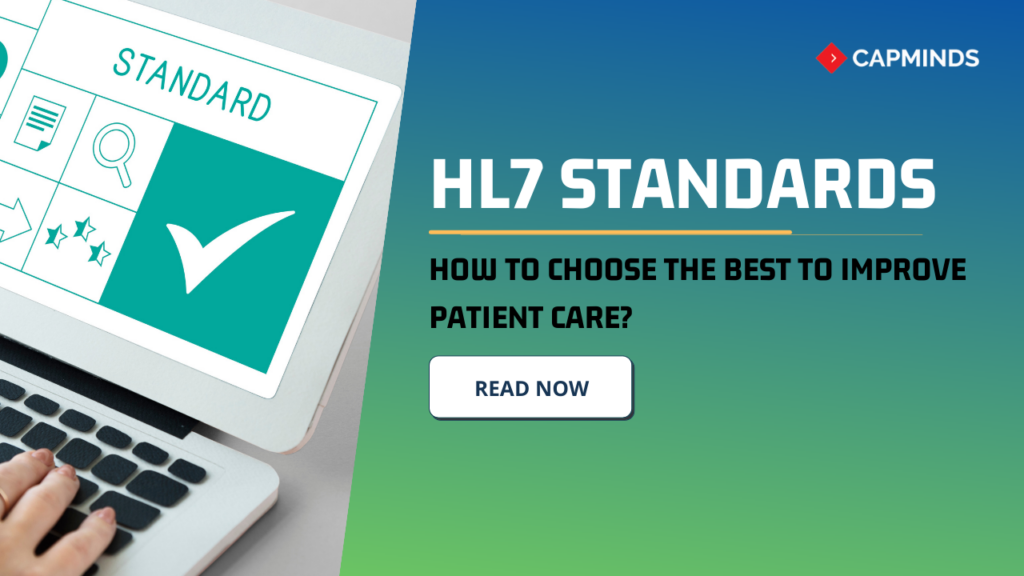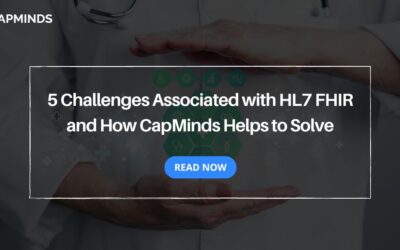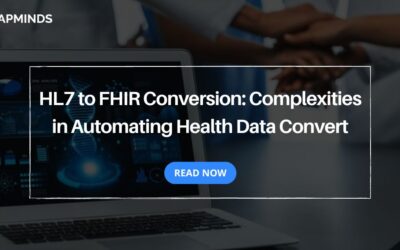Choosing The Right HL7 Standards For Better Patient Care?
In today’s technological world, healthcare experts are looking for smart ways for healthcare information exchange. New to HL7 standards? How to choose the best HL7 standard for your healthcare practice to achieve better patient care? Here is all you need to know about healthcare standards and how to make the right choice.
Comparison of FHIR with HL7 V2 & V3
1.“Version 2” (V2): Version 2 is primarily used to send packets of clinical data between admission, discharge, and transfer patient registration systems, lab systems, EHRs, and more. V2 was highly successful, but implementers complained that the specification was too loose and often required custom tweaking for any two systems to interoperate.
2.“Version 3” (V3): In response to the limitations of V2, HL7 set out to create V3 to address the under-constrained design of V2 and to capture more semantic meaning in each message. Unfortunately, the V3 standard landed on the “too complicated” side of the standards balancing act.
3. FHIR – A new successful approach: FHIR combines the best features of previous data exchange standards into a common specification while being flexible enough to meet the needs of a wide variety of use cases within the healthcare ecosystem.
In response to the limitations of V3, HL7 created a “Fresh Look” project in late 2011 to explore new approaches to thinking about interoperability standards. Overcoming all the difficulties, Grahame Grieve, proposed “Resources for Health.” It simplified the complex modeling requirements of V3 and adopted an emerging approach known as RESTful design. In the previous HL7 Version 3, to work with messages, custom tools are necessary for processing it. But, in this new “Resources for Health” model, developers can able to work on messages with the help of simple and ordinary web tools.
How to choose the right HL7 standard for better patient care?
STEP1: When analyzing whether HL7 FHIR or other healthcare interoperability standards provides the right path to correctly achieve the interoperability goals, the first and foremost step is to identify the desired outcome first. That means collaborating across roles to determine the key stakeholders—those who stand to benefit most—along with specific details of their needs and goals. Then it’s time to step back and evaluate how those unique needs fit into the entire business and care ecosystem.
STEP 2: The second step is to create a plan to achieve those objectives and priorities. For example, “What ways are important to accomplish better patient care, while expanding profitability?” Once the objectives are clearly defined, there are still some considerations needed whether the FHIR is a good choice to fulfill the goals and project outcomes.
RELATED: WHAT IS HL7? [LEARN IT IN 5 MINUTES]
Importance o considering all HL7 standards
HL7 FHIR is not the one-size-fits-all standard. Every standard may have functional overlap with others, as well as strengths and weaknesses in different domains. Again, it’s always wise to focus on the original business case, end goals, and unique needs. Here come the benefits and limitations of some of the most commonly used interoperability standards.
HL7 messaging: Benefits
- Good for enormous volume information exchange (optimized parsers, low encoding character overhead)
- Mature, well understood, and usually utilized for intra-enterprise messaging
- Trigger-and action-based collections of data where trading partners and systems are to a great extent pre-set up, with remotely oversaw or suggested confirmation and approval plans.
HL7 messaging: Limitations
- Limited use beyond the enterprise for such areas as lab orders and results, public health, and sometimes wrapped in APIs for a specific purpose (e.g. IHE)
- Largely limited to push transactions (limited query or subscription capability widely supported in major systems)
C-CDA: Benefits
- Handles several use cases like care coordination and referrals
- Provides a snapshot of information for a specific time, specifically for an event or period
- Supports metadata and human readability
C-CDA: Limitations
- Complex standard with a wide amount of interpretation and risk of quality issues
- Not ideal for large-volume data transactions (document size and complexity increases processing requirements)
- Largely used for data push workflows to data repositories using IHE protocols or sent via Direct (data source determines what data is provided), which can lead to too much data or not the right data
- When being used in on-demand workflows, document creation can cause some latency, due to the size and complexity of the information in a complete document
- In practice, documents often contain a significant amount of data that is difficult to sift through and may not even contain the information that the recipient is interested in.
Advantages of FHIR
Open-source: FHIR is completely open-source. Authentication is provided by open-source OAuth2 standards. Payload security is handled by HTTPS.
Supports multiple message paradigms: In addition to REST, FHIR also supports messaging (like V2 and V3) and documents (like CDA) paradigms.
RESTful architecture: FHIR is based on RESTful protocols. All FHIR resources can be accessed over HTTP and served in XML or JSON format, similar to web pages while allowing granular level access to even a single data element.
Community support: Extensive documentation and examples are available along with several workgroups and communities.
Querying: FHIR resources can be searched using various parameters, similar to a Google search, using REST commands. This saves time and bandwidth as only required and relevant details are fetched instead of the whole message (V2, V3, and CDA).
RELATED: A STEP BY STEP GUIDE TO HL7 FHIR FOR DEVELOPERS
Conclusion:
The HL7 standards are so powerful today. Among all, the FHIR standard will benefit the healthcare providers and patients, as it improves access to a more complete, higher quality electronic health record by being able to include data from traditional sources, like laboratory results, and evolving sources, like genomic information. FHIR promises to revolutionize the sharing of healthcare information.
Ready to get started with FHIR?
CapMinds is here to help you by providing the best HL7 FHIR SMART integration services.




